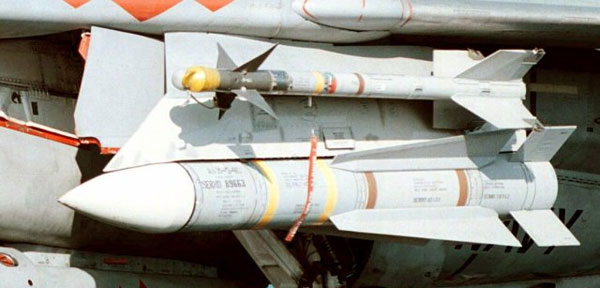

I’m not posting raw data in this article due to their length, I will release them along with other results later. This information allows the RIO to assess the situation and command his pilot in the most appropriate way. The goal is finding the “sweet spot” where the PK becomes consistent even when the aspect of the target is disadvantageous. Particularly, the worst performer range is considered from the previous tests (25nm) and at: This article “capsizes” (pun about the Navy fighter totally intended 🙂 ) the approach by studying the evolution of the PK at constant range but different altitude. Predictably, at constant altitude and increasing range, the PK of the AIM-54 went down, sometimes dramatically (AIM-54C Mk47, Notching scenario).
#AIM 54 SERIES#
In the second article of this series we analysed the performance of the AIM-54 at an altitude of 1,000ft. While we look forward to the AIM-54 overhaul that should happen as soon as ED allows HB to rework the missile guidance model during its whole envelope, we continue the analysis of the current implementation of the AIM-54 Phoenix in DCS. I am waiting for them to finalize the new implementation before writing a new study about the updated guidance model and the AIM-54. Heatblur and ED have developed a new missile API in late 2020 so the way the WCS guides the missiles has changed.


 0 kommentar(er)
0 kommentar(er)
